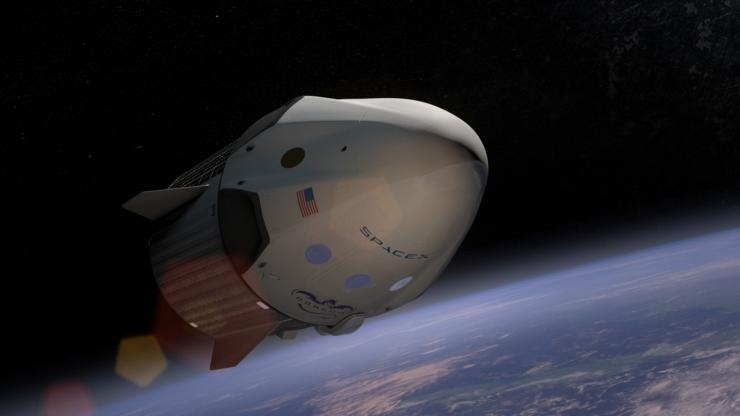
The United States has always been a leader in technology for the exploration of space. Ironically, though, we don't have the means to send our astronauts into space, ever since we retired our space shuttle program. After Discovery's final launch on February 24, 2011, the government turned towards private industries to become the new leaders in the field of manned space exploration.
One of the more promising companies to emerge has been SpaceX, who have developed spacecraft called Dragon. They've already made successful unmanned launches to the International Space Station (ISS) that delivered much needed cargo to the crew floating above us in an orbit that ranges between 205 miles to 250 miles from the ground. Now, SpaceX has moved one step closer to being able to launch an astronaut into space, and up to the ISS.
Yesterday at Cape Canaveral, Florida, the Dragon capsule was launched with a test dummy inside to test it's escape system which would be used if anything unexpected were to happen after launch. We know that things don't always go as planned. You may recall the Challenger disaster that took place on January 28, 1986.
After the launch, the Dragon's engines, dubbed SuperDraco engines, fired off a six-second burn that generated 120,000 pounds of thrust that would move the capsule, in theory, out of harm's way in the event of a catastrophic failure during the launch process. After the burn, the capsule that will be carrying up the astronauts separated and three large parachutes deployed, bring the Dragon down safely into the ocean, just offshore.
After it's launch, the Dragon was recovered and will be sent to the SpaceX Rocket Development Facility in McGregor, Texas where it will be evaluated and cleaned to be used in another test. The California-based company, which is led by Elon Musk, plans to launch a manned Dragon into space around 2017.
No comments:
Post a Comment